Restoration of Coaster Brook Trout and Their Endangered River
Why This Project Is Important
Lake Superior coaster brook trout are at risk. By restoring the spawning site of the coaster brook trout, we will have a better chance of saving this unique migratory fish, and we can train the next generation of scientists and educators to have a better understanding of aquatic ecology and watershed dynamics.
Project Description
Coaster brook trout were once common throughout Lake Superior basin tributaries and near shore waters, but the populations were wiped out due to over-fishing and habitat degradation. The Salmon Trout River, in Marquette, Mich., hosts the last known remnant breeding population of coasters in the area. Our team has been conducting long-term research on the status and ecology of this population since 2000. Based on annual assessments of coasters using stationary fish-counting weirs and visual counts of fish at spawning sites, the population appears to consist of only a few hundred adults that ascend the river each fall to spawn. Over the last decade, the Salmon Trout River has become degraded by land use and roads in the watershed causing erosion. Sand now covers the small section of stream-bottom cobbles where the majority of coasters once spawned, making the existing small population even more at risk of dying out. As sand continues to cover the cobbles and gravels where the coasters spawn, it also changes ecosystem dynamics; we have been examining these effects as the sands accumulate in the river so that we can also study the beneficial effects of removing the sands. In an attempt to save the main spawning site, we received funding to install a sediment collector (which traps sand as it moves downstream) in August 2012. So far, it has produced excellent results, trapping sediments moving downstream. But the sediment build-up downstream of the collector still poses a big problem. This coming summer, we hope to remove sand from the spawning site downstream of the sediment collector. Once we have cleared the sand that covers the spawning site, the collector will be able to keep the site clean on its own, allowing coaster brook trout populations a better chance of recovery. Now, we need your help to fund the restoration of this critical river habitat and its iconic coaster brook trout population.
Meet the Researcher

days left
funded
last
What Your Donation Can Help Us Do:
- Clean sand from coaster brook trout spawning areas
- Provide promising students with internships to study the river and its ecosystem throughout the project
- Offset travel and supply costs
Recent Donors
Some donors may be hidden.

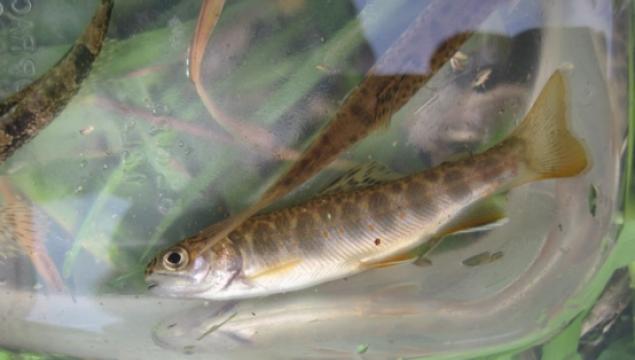
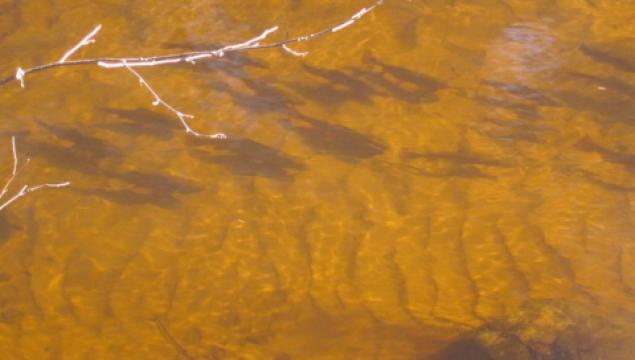
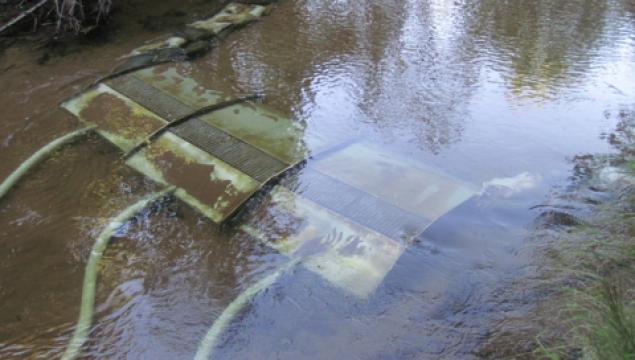
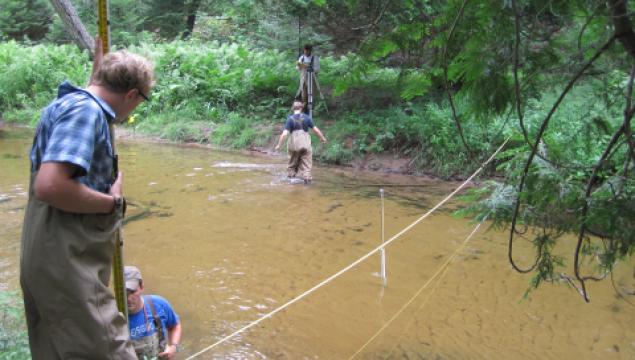
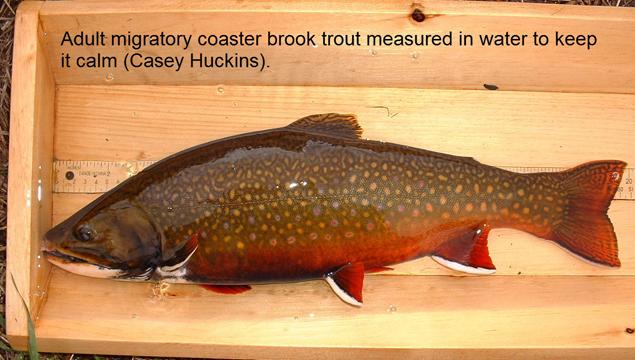
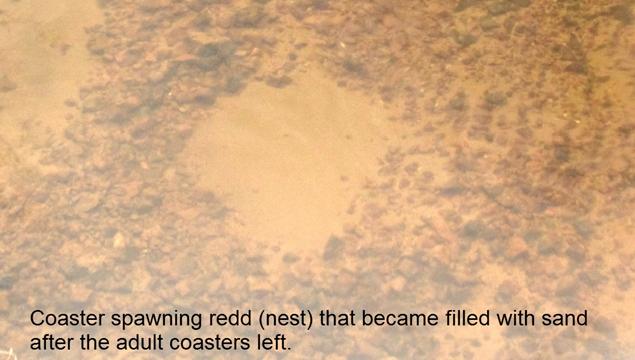


 Gifts to projects listed on SUPERIORIDEAS.ORG are received and processed by Michigan Tech Fund. Michigan Tech Fund is a tax-exempt organization under Section 501(c)(3) of the Internal Revenue Code acting on behalf of Michigan Technological University. It is the policy of Michigan Tech Fund that a portion of the gifts and/or income therefrom may be used to defray the costs of raising and administering the funds.
Gifts to projects listed on SUPERIORIDEAS.ORG are received and processed by Michigan Tech Fund. Michigan Tech Fund is a tax-exempt organization under Section 501(c)(3) of the Internal Revenue Code acting on behalf of Michigan Technological University. It is the policy of Michigan Tech Fund that a portion of the gifts and/or income therefrom may be used to defray the costs of raising and administering the funds.
Questions for the Researcher